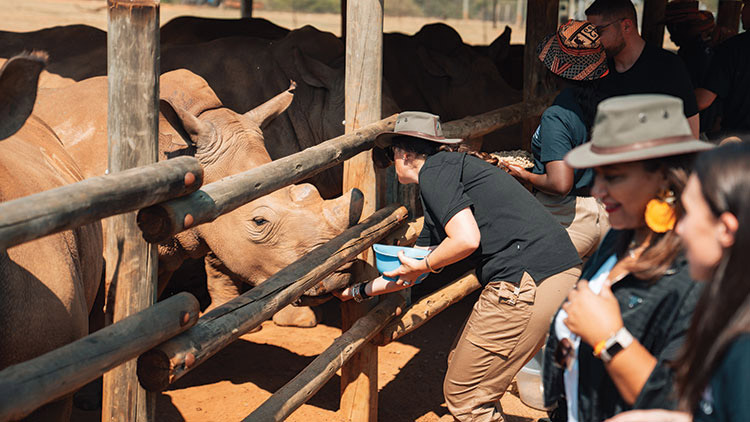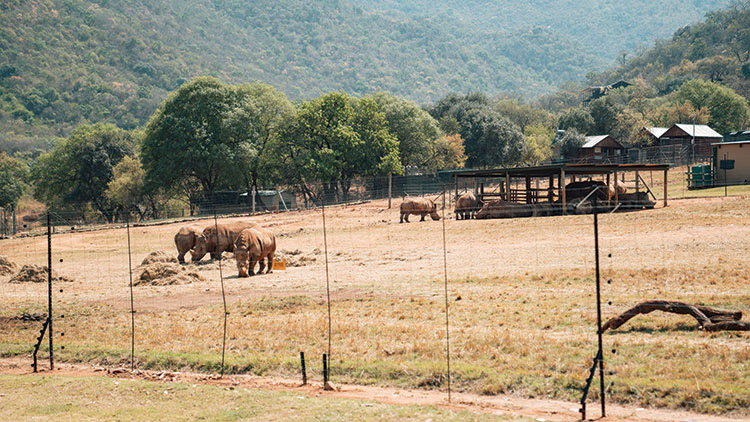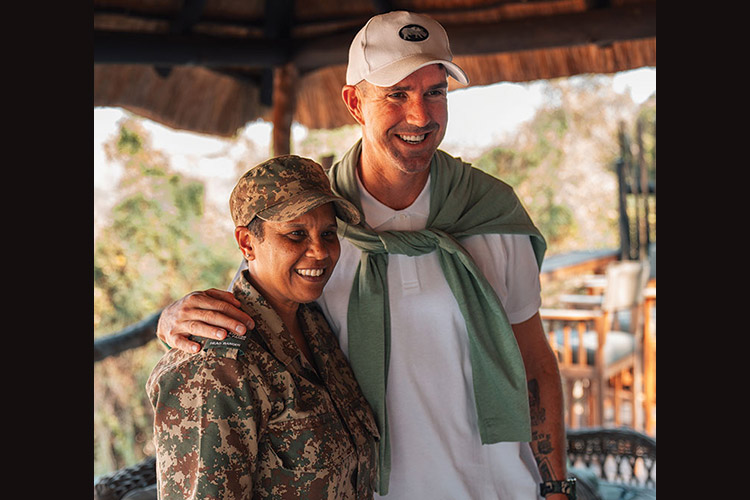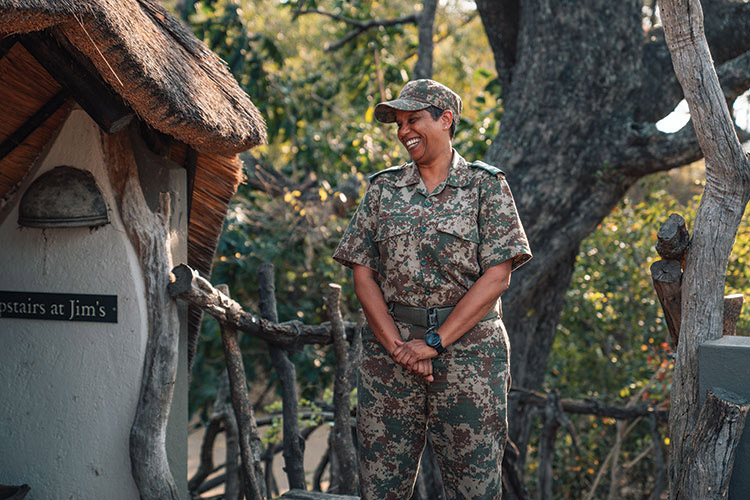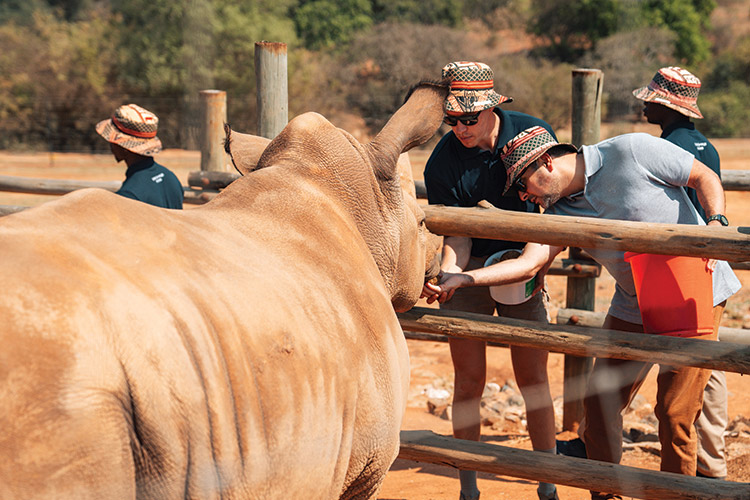
During our recent trip to the Kruger National Park – an eye-opener on rhino conservation efforts, hosted jointly by Hublot and SORAI – we had the opportunity to talk to Cathy Dreyer, Head Ranger – Ranger Services, of the Kruger National Park, SANParks, in South Africa. Cathy Dreyer made history when she was appointed as the first-ever female Head Ranger at Kruger National Park in May 2021. Cathy has an exemplary record in conservation management, law enforcement, people and strategic management competencies
How do you keep track of the rangers to ensure that they are not working with poachers?
We have a number of checks in place to ensure that this does not happen. Because we are a government agency, we are governed by numerous national unions that safeguard employees’ rights. It took around two years of negotiation with the unions, and we still could not get the unions to agree. But we went ahead, and we now have a policy in place that the board has signed off on; now the South African National Parks (SANParks) has an approved polygraph testing policy for our personnel in place. If an employee fails a polygraph test, we will investigate further. Depending on what the investigation reveals, people are either cleared or not. Sometimes people fail polygraph tests simply because they are anxious or nervous or did not understand the question.
But if there is incriminating information, then they go through a disciplinary process and, if applicable, are criminally charged. One of the main challenges that we face is that there are reports that more than 40% of our staff are involved. We have to investigate and then take disciplinary action against them, and this is something much beyond our scope, skillsets, and budget. We have been raising funds for this and we are planning to appoint external investigators – retired policemen with the experience to help us and an external company – for a year to do the disciplining.
We are expecting many people to be found out in the first year, but after that, we are hoping that the message will go out. Following the first few arrests, we already have had a few people who have absconded and others who have resigned after they realised that polygraph testing is to begin. This is a huge part of our remit; our legal adviser says that we have to be prepared for the people we least expected to fail and be investigated; be prepared for possibly very high-ranking people to fail the test.
How difficult is your work environment when you cannot trust your colleagues and team members?
One of the biggest problems in our Integrity Management Plan is the lack of trust and cohesion – both of which have completely broken down. Obviously, 13 years of constantly being in crisis, constantly being on skirmishes with poachers, constantly safeguarding rhinos, and having to cope with the fact that the people who you trust the most and who work with you have let you down, and of course the question as to whether you can trust the person who is going on patrol with you – all of these takes a toll on our rangers and has resulted in a massive breakdown in trust and morale. Rebuilding the trust and team cohesion is going to be the hardest of things.
How many rhinos were there in Kruger 13 years ago?
Rhinos were extinct in Kruger and most of South Africa because of hunting and we brought them in again only in the ‘60s; white rhinos in the ‘60s and black rhinos in the ‘70s. By the 2000s they were flourishing, and, at its height, we had a population of over 12,000 rhinos in Kruger; but then the poaching began. There had always been a bit of poaching happening, but it began to escalate in 2008 and peaked in 2014-15 when rhino products changed from just being used in traditional medicine and became a status symbol in China and Vietnam.
How many rhinos are there at Kruger National Park at the moment?
At last year’s count, we had around 2,000 white rhinos and 200 black rhinos, which is around 10% of the global population of the species. The population of rhinos has increased globally in recent years, and it is around 15,000 to 16,000 now. There is a rhino farm that has around 2,000 rhinos; a few people actually farm rhinos and have big numbers. Globally, rhino numbers are going up, but we are yet to see an increase in the rhino population at Kruger. It will take time because the problem is that rhinos breed so slowly. We have now slowed down the poaching and if we can maintain the population at current levels, we may see an increase after two breeding seasons.
